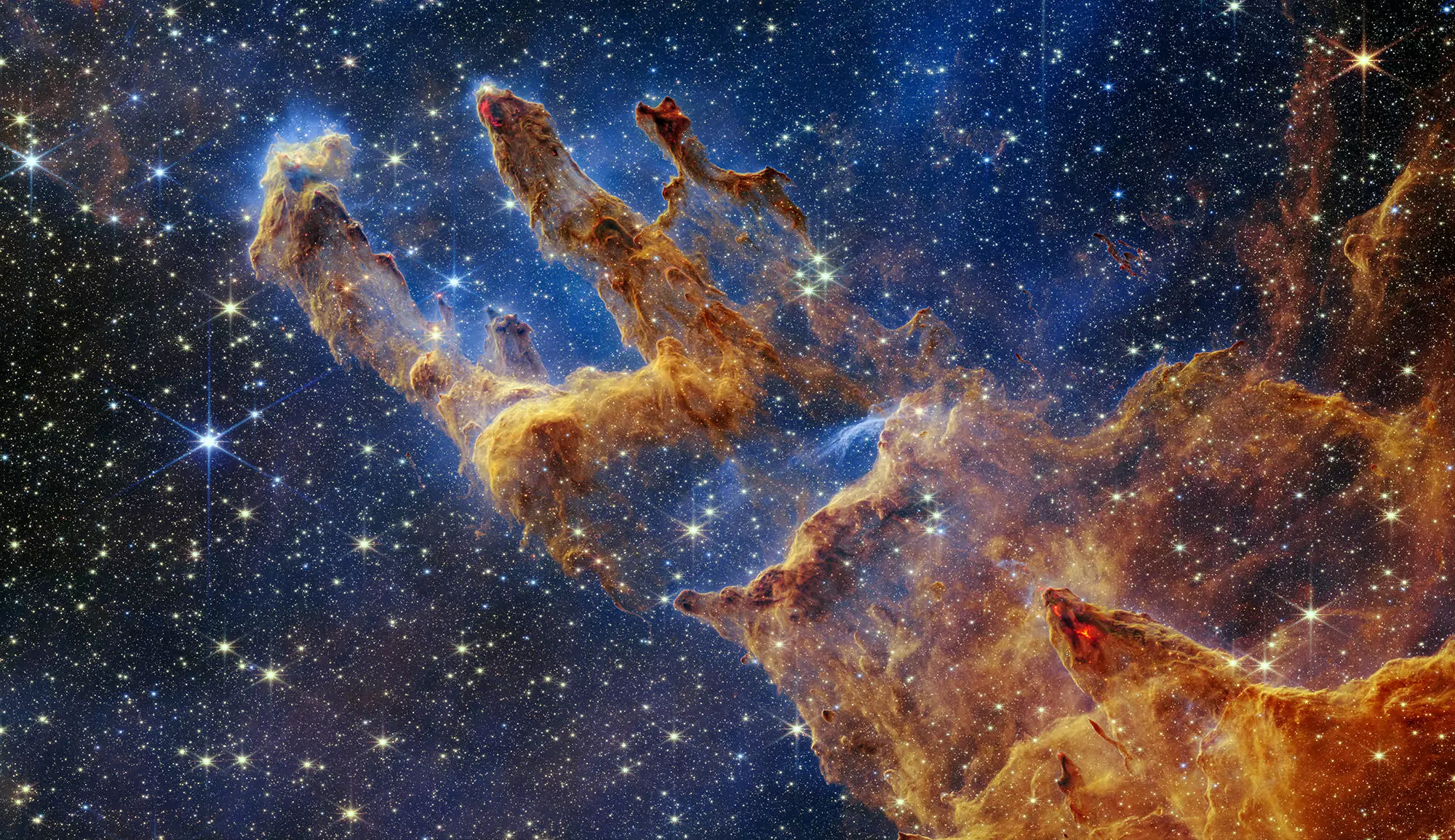The problem
The problem of the abundance of lithium in old stars has fed a discussion for years : is the observed abundance that of the Big-Bang, preserved intact ? or was it decreased by various stellar phenomena (stellar winds, convective and/or rotational mixing, diffusion, destruction in deep layers) and possibly increased by production through cosmic rays ? The quantity of lithium currently observed in the external layers of the Sun is definitely weaker than the initial quantity (known thanks to the meteorites), and solar helium shows the existence of diffusion phenomena. But old stars are low in metals, they have a structure (and a history) different from that of the Sun. Several theories proposed in the past that the initial abundance of lithium (that of the Big-Bang) in these old stars was depleted by 90% in a Hubble time. It would then have been necessary to multiply by 10 the observed abundance to obtain the primordial one. However the calculated depletion varies according to the effective temperature, to the mass, the metallicity, the stellar rotation, so that one should then observe a strong scatter of the remaining lithium abundances, but this scatter is not observed. The current theories predict a weaker reduction, and consequently a weaker scatter. Measurements are not perfect, and give a weak scatter due to errors. It becomes difficult to disentangle the measurement errors from the variations due to the possible reduction processes.
Figure 1. Observation of the lithium line in 5 stars of the globular cluster NGC 6397. The measurement error is indicated in each point of the absorption line. The line is dissymmetrical, because it is produced by a doublet with unequal components. Three synthetic profiles are calculated, the best fit is the medium one. At each curve corresponds an equivalent width (EW). The equivalent widths are different from one star to another, because the temperatures are different, but lithium abundances are very close. Click on the figure to enlarge it. The field stars, measured in a similar way give the same lithium abundance. Thus, lithium abundances of old stars provide a very good estimation of the primordial nucleosynthesis lithium abundance : NLi/NH = 2.1 10-10. And the predictions of this nucleosynthesis imply a ratio between the number of baryons and the number of photons Nb/Np = 4.3 10-10, that is to say a normalized baryon density h2 = 0.016 + 0.004 (where h is the Hubble constant, normalised to 100km/s/Mpc), in satisfactory agreement with the determinations of primordial abundances of D, 3He, He and with the anisotropies of the cosmological background within the uncertainties. The problem of lithium is not entirely solved. The sample should be extended, which will be soon possible to do economically by using the multi-objects spectroscopy on VLT (FLAMES). The nitrogen abundance should be better understood. The contribution of cosmic rays should be better estimated. The cause of some rare aberrant lithium abundances should be cleared up, as well as the effect of binaries.
Reference :
- P. Bonifacio, L. Pasquini, F. Spite, A. Bragaglia, E. Carretta, V. Castellani, M. Centurion, A. Chieffi, R. Claudi, G. Clementini, F. D’Antona, S. Desidera, P. Francois, R.G. Gratton, F. Grundahl, G. James, S. Lucatello, C. Sneden), O. Straniero "The lithium content of the globular cluster NGC 6397" Astronomy and Astrophysics, accepted astro-ph/0204332
Contact :
- François Spite (Observatoire de Paris, GEPI)
- Patrick François (Observatoire de Paris, GEPI)
- Gaël James (Observatoire de Paris, GEPI)

